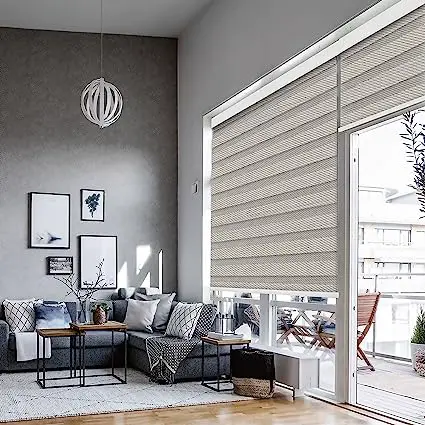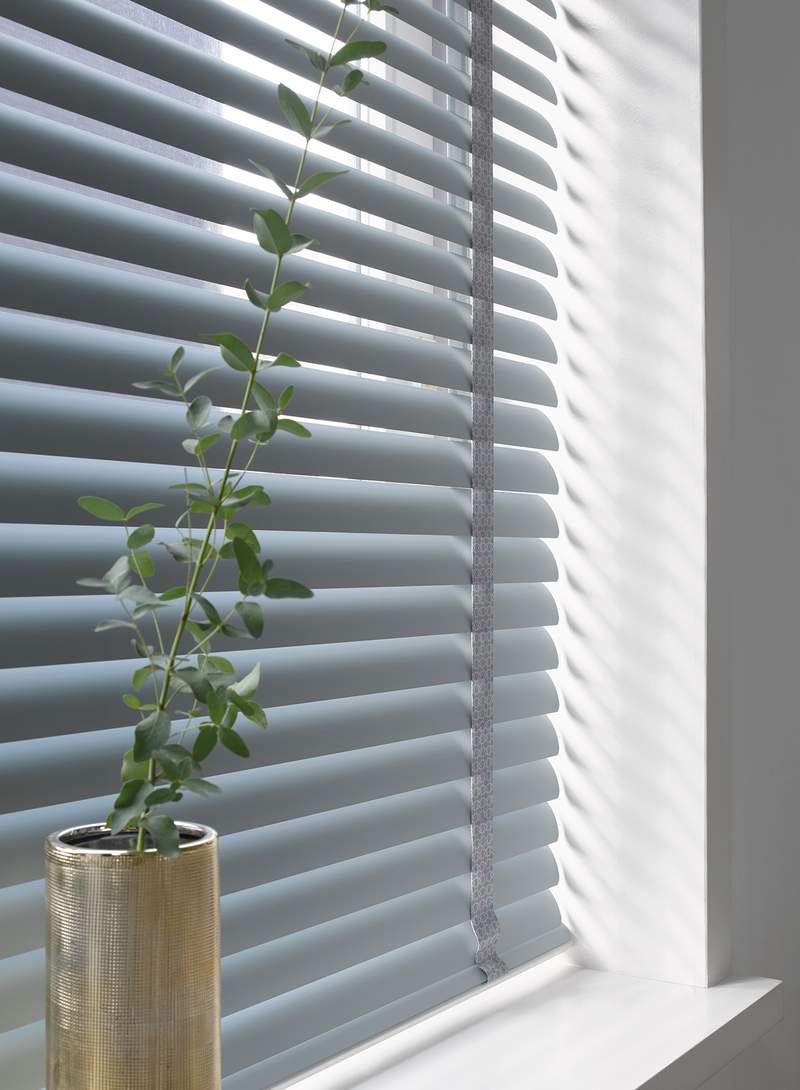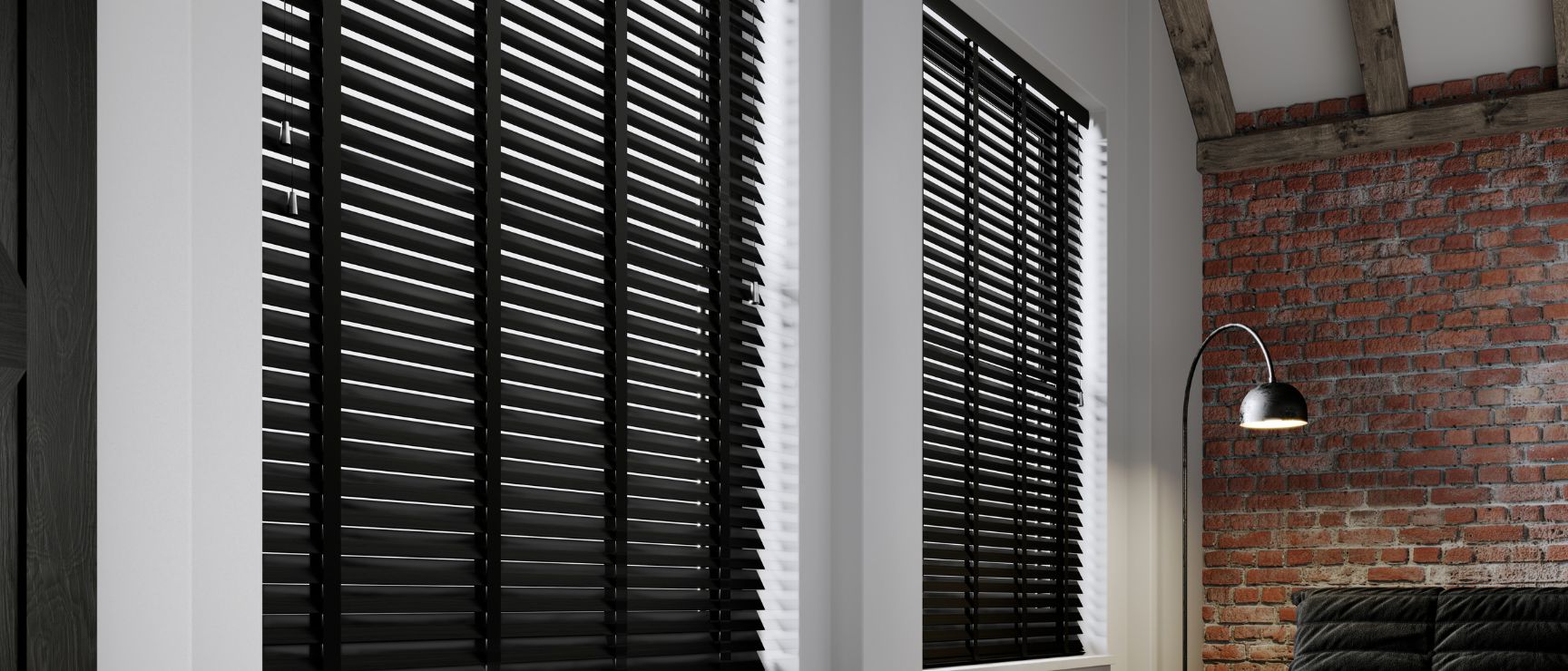
Are you looking for a way to enhance the privacy and comfort of your home? Blinds are a great option for covering your windows and creating a cozy atmosphere. But how do you position blinds for privacy and light control? In this post, we’ll show you how to choose the best mount and fix styles for your blinds, as well as how to tilt them up or down depending on your needs.
How to position blinds for privacy and light control: The best way to position blinds for privacy and light control is to mount them inside the window recess and fix them to the underside of the lintel. This creates a seamless, built-in look that blocks out most of the light and views from the outside. You can also tilt the blinds up, with the rounded side facing out, to create smaller gaps between the slats and increase privacy.
The first step in positioning your blinds for privacy and light control is to decide whether you want to mount them inside or outside the window recess. Here are the advantages and disadvantages of each option:
Inside the recess mounts fit snugly inside the hollow of your window. This type of mount offers a clean and sophisticated aesthetic as there is no overlap on the side of the window. It also provides better insulation and energy efficiency, as it creates a cushion of air between the blinds and the window glass.
However, inside the recess mounts may not be suitable for windows that have narrow window sills or obstructions such as handles and cranks. They may also reduce the amount of natural light that enters your room, as they cover some of the window glass.
Outside the recess mounts are ideal for windows that have a narrow window sill or those with obstructions such as handles and cranks. For this type of mount, you hang the blinds just above the window opening and the sides of the blind extend just past the edge of the window recess.
This type of mount allows more natural light to enter your room, as it does not cover any of the window glass. It also makes your windows appear larger and more spacious. However, outside the recess mounts may not provide as much privacy and light control as inside mounts, as there may be gaps on the sides of the blinds.

The next step in positioning your blinds for privacy and light control is to choose between different fix styles. These include face fix, top fix and ceiling fix. Here’s a quick breakdown of each one:
A face fix is a mount where the headrail of the blind is secured to the lintel or architrave — the beam that runs along the top of the window frame or directly to the face of the window frame itself. This type of mount provides the highest degree of privacy and blackout light control, especially when using roller blinds and roman blinds. It can be used for both outside the recess mounts and on some inside the recess mounts depending on the frame of the window.
The downside to this mount is that some blinds — especially faux wood blinds and other heavier styles — can put added stress on the lintel. This type of mount also obscures the lintel, making it a poor choice if you have decorative frames or headers above your windows.
A top fix can only be used on inside the recess mounts. The blind is secured to the underside of the lintel, providing a seamless, built-in look. It creates a minimal look and is a great choice for modern homes and spaces where you want to create a sophisticated look.
The downside to this mount is that it may not be compatible with some types of blinds, such as venetian blinds or vertical blinds, that require more clearance from the lintel. It may also require more precise measurements to ensure the blind fits perfectly inside the recess.
A ceiling fix is a mount where the blind is secured directly to the ceiling above the window. This type of mount can be used for both inside and outside the recess mounts, depending on the height of the ceiling. It is ideal for skylight windows or windows that have no lintel or architrave.
The downside to this mount is that it may not provide as much privacy and light control as other mounts, as there may be gaps between the blind and the wall or window frame. It may also make the room feel smaller or lower, as it draws attention to the ceiling.

The final step in positioning your blinds for privacy and light control is to tilt them up or down depending on your needs. Here are the pros and cons of each direction:
When the blinds are turned up, the rounded side faces outward. Blinds turned in this direction offer more privacy and light control since the convex side faces the window, blocking light or views from the outside. They also deflect heat and sunlight away from the room, making it cooler in summer.
However, blinds turned up may not look as appealing from the inside, as they expose the unfinished bottom edge of the slats. They may also make the room darker, as they block more natural light from entering.
When the blinds are turned down, the rounded side faces inward. Blinds turned in this direction offer a more aesthetically pleasing look, as they hide the unfinished bottom edge of the slats. They also direct more heat and light into the center of the room, making it warmer in winter.
However, blinds turned down may not provide as much privacy and light control as blinds turned up, as they create larger gaps between the slats. They may also allow prying eyes to see in the room at night, especially when it’s lit from the inside.

To measure your window for blinds, you need to decide whether you want to mount them inside or outside the recess. For inside mounts, measure the width and height of the window opening at three different points and use the smallest measurements. For outside mounts, measure the width and height of the window opening and add some extra inches on each side for overlap.
To install your blinds, you need to follow the instructions that come with your specific type of blind. Generally, you will need to drill holes for the brackets, secure them to the wall or ceiling, and snap in the headrail. Then, you can attach the valance, slats, cords or chains as needed.
To clean your blinds, you can use a soft cloth, a feather duster or a vacuum cleaner with a brush attachment. Gently wipe or dust each slat from top to bottom. For stubborn stains or dirt, you can use a mild soap and water solution and a damp cloth. Avoid using harsh chemicals or abrasive materials that may damage your blinds.
Now that you know how to position blinds for privacy and light control, you can enjoy your home with more comfort and style. Remember to choose the best mount and fix styles for your windows and tilt your blinds up or down depending on your needs. If you need any help with choosing or installing your blinds, feel free to contact us at Huetiful Homes. We have a wide range of bespoke blinds that suit any home decor and budget. Happy decorating!

Dale is the colorful mind behind HuetifulHomes.com, where he shows you how to create a home that is as fun and fabulous as you are. He has a passion for color and a knack for DIY, with years of interior design experience he shares his tips and tricks on how to create a home that reflects your personality and style. He believes that color is the key to happiness, and he wants to help you make your home more Huetiful.